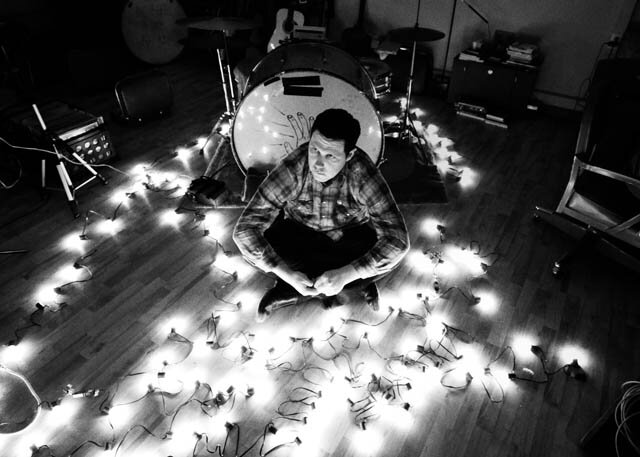From movies about musicians to some incredibly memorable performances of original scores accompanying silent films, SIFF always brings a healthy dose of musical content to the annual film festival. Below, Abbey Simmons highlights six notable intersections of local music and movies happening this fest. [Republished with generous permission from our friends at Sound on the Sound, the city’s essential stop for local music.]
- Frank Fairfield This short created by the Roadhouse’s Greg Vandy and the talented guys behind More Dust From Digital is a 13-minute mini-documentary follows 25-year-old Frank Fairfield. Fairfield, a celebrated banjo player with lightning quick fingers, is more Dust Bowl than Laurel Canyon living and singing in the internet age. (shown with Surrogate Valentine)
- Surrogate Valentine Paired with the Frank Fairfield mini-documentary, Surrogate Valentine is a comedy starring San Francisco musician Goh Nakamura (as himself) who is hired to teach an over-the-top actor to play guitar for an upcoming role. You can see the film’s star Goh Nakamura perform May 31st at The Sunset alongside Sound on the Sound Widower, who’ll be playing a rare set with a full band. (May 29 at the Harvard Exit at 9:30 p.m. or May 30 at the Admiral at 3:30 p.m.)
- Damien Jurado and the Russian Avant-Garde Like last year’s Maldives’ scoring of New Riders of the Purple Sage, this year SIFF will be showcasing one of our favorite local musicians in a brand new way. This year SIFF has tapped Damien Jurado to score the short films of Russian avant-garde filmmaker Dimitri Kirsanoff. With a shared fondness for stories about the darker side of rural life and the characters who haunt the under-belly of society, it’s a brooding match that should captivate on screen and on stage. (June 8 at The Triple Door. Two shows: 7 and 9 p.m.)
- The Off Hours Speaking of soundtrack scores, local singer-songwriter Joshua Morrison is responsible for the music in The Off Hours, a local film that was met with rave reviews at Sundance this year. (At the Neptune June 6 at 7 p.m. and June 7 at 4:30 p.m.)
- Hit So Hard Last but certainly not least is Hit So Hard, a documentary about Patty Schemele, the celebrated drummer of Hole. Featuring exclusive interviews and never before seen home-videos of life with Hole, Courtney Love and Kurt Cobain — Hit So Hard offers an intimate unvarnished glimpse into Seattle rock royalty and one of the most fascinating women in rock’n’roll. And we’re not talking about Courtney. (The Egyptian May 27 at 9 p.m. and at the Neptune May 29 at 4 p.m.)
For all things SIFF and music, Abbey also recommends visiting the festival’s Face The Music page or swinging by our pals Three Imaginary Girls who (also) seriously heart SIFF.


